We’ve all heard the saying that “Cash is King!”
There are enormous benefits to using the cash basis of accounting. It provides clarity by only showing what has been collected or spent, helps with cash flow management, and is more efficient when calculating your business taxes.
A number of CleverProfits clients have “done-with-you” (“DWY”) or membership business models where they process payments the client can access their course or program. Other clients in the “done-for-you” (“DFY”) space might rely on monthly retainers for sustainable cash flow, or large one-off payments for specialized projects when milestones are completed.
We are often so focused on increasing monthly recurring revenue (“MRR”) and concentrating on new client acquisition that we forget about the low hanging fruit right in front of us: it is easier to sell to an existing client than a new one. New opportunities with existing clients improve cash flow and growth.
Measuring and tracking processes
One of the most significant challenges we see with our clients is the inability to measure and track whether we are improving our processes and systems of collecting outstanding receipts.
There is an easy way to see what is still outstanding through reports generated by accounting platforms (like “debtor aging”), but how can you accurately determine if we’re becoming more efficient in our collections? Remember, if you can’t measure it then you can’t manage it.
So, we created a system to help companies using a monthly retainer model and invoices outstanding, with a tool to improve the process of collecting these outstanding receipts.
We use a metric called Days Sales Outstanding (“DSO”), which calculates the average number of days our invoices remain outstanding over a given period.
How to calculate your days sales outstanding
The formula for calculating DSO is:
(Accounts Receivable) / (Accounts Receivable + Monthly Cash Sales) * Number of days in that month
If you have 30-day terms and your DSO is greater than 30 days, it displays a very unhealthy collection process. You want to track this month to month to ensure that your company’s DSO is as small as possible.
It’s a great sign if your DSO begins trending downwards over time. It’s also a key metric that potential investors or financiers will review to understand the cash required to invest in the operations of the business (“working capital”).
An example calculation
If you have $22,000 outstanding at the end of September and your total sales (cash collected and invoices outstanding is $45,000), your DSO is 14.67 days. If we only have $15,000 outstanding in October and our total sales are $50,000, our DSO improves to 9.3 days.
There you have it – a very simple metric to track your collection efficiency.
You can do the same for expenses that you owe by calculating your Days Payable Outstanding (“DPO”) where it is most favorable to lengthen the terms to ensure greater cash on hand at any given time without tarnishing supplier relationships.
If you have any questions about working capital and implementing better cash payment strategies, please drop them in the comments below. Remember, cash is always king and is the catalyst for growth!

The Clever Writing Team
The CleverProfits writing team includes various team members in Advisory, Financial Strategy, Tax, and Leadership. Our goal is to provide relevant and easy-to-understand financial content to help founders and business leaders reach their true potential.






